مسجد شیخ لطفالله
( Sheikh Lotfollah Mosque )Sheikh Lotfollah Mosque (Persian: مسجد شیخ لطف الله) is one of the masterpieces of Iranian architecture that was built during the Safavid Empire, standing on the eastern side of Naqsh-i Jahan Square, Esfahan, Iran. Construction of the mosque started in 1603 and was finished in 1619. It was built by the chief architect Mohammadreza Isfahani, during the reign of Shah Abbas I of Persia. On the advice of Arthur Upham Pope, Reza Shah Pahlavi had the mosque rebuilt and repaired in the 1920s.
The purpose of this mosque was for it to be private to the royal court (unlike the Shah Mosque, which was meant for the public).[1] For this reason, the mosque does not have any minarets and is smaller. Indeed, few Westerners at the time of the Safavids even paid any attention to this mosque, and they certainly did not have access to it.
 Interior view
Interior viewTo avoid having to walk across the Square to the mosque, Shah Abbas had the architect build a tunnel spanning the piazza from the Ali Qapu Palace to the mosque. On reaching the entrance of the mosque, one would have to walk through a passage that winds round and round, until one finally reached the main building. Along this passage there were standing guards, and the obvious purpose of this design was to shield the women of the harem as much as possible from anyone's entering the building.[2]
Today, these doors are open to visitors, and the passage underneath the field is no longer in use.
Sheikh LotfollahThroughout its history, this mosque has been referred to by different names. For Junabadi it was the mosque with the great dome (Masjed-e qubbat-e ’azim) and the domed mosque (qubbat masjed), while contemporary historian Iskandar Munshi referred to it as the mosque of great purity and beauty.[3] On the other hand, European travellers, such as Jean Chardin referred to the mosque using the current name, and Quranic inscriptions within the mosque, done by Iranian calligrapher Baqir Banai, also include the name of Sheikh Lutfallah. In addition, the reckonings of Muhibb Ali Beg, the Imperial Treasurer, show that the Imam's salary came directly from the imperial household's resources. All this suggests that not only was the building indeed named after Sheikh Lutfallah, but also, that this famous imam was among the first prayer-leaders for the royal court in this very mosque.[4]
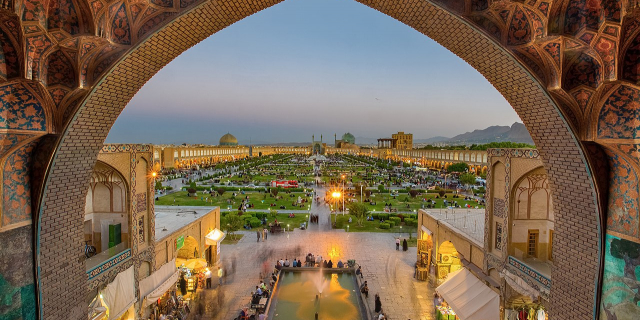

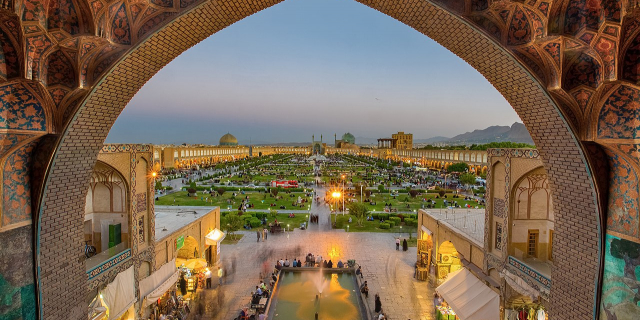

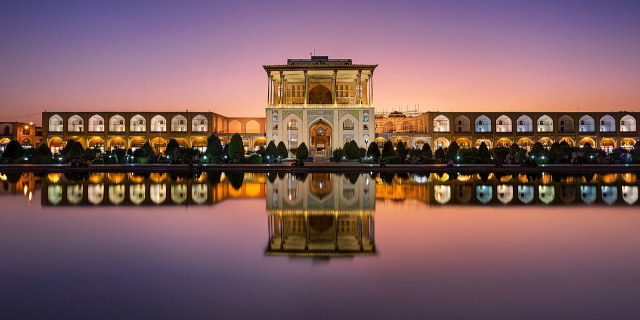












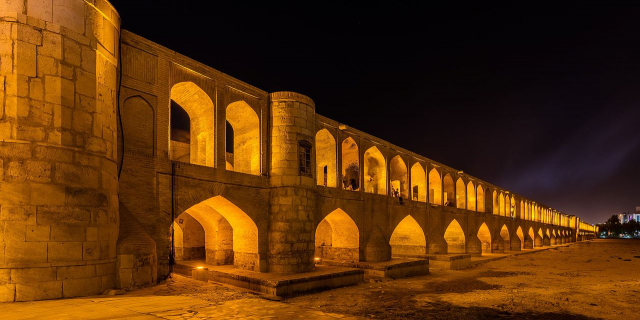

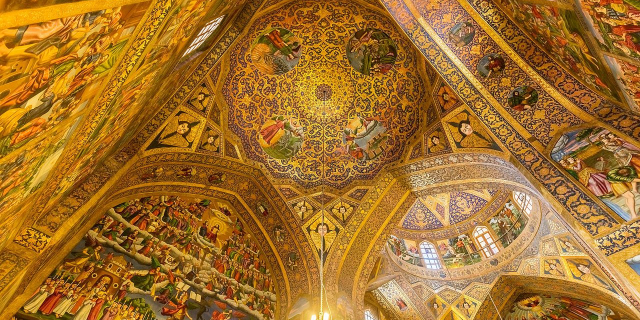



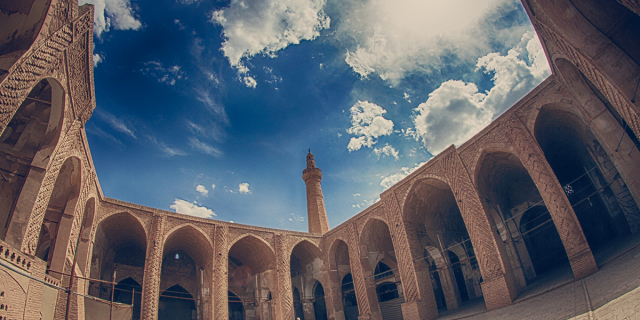


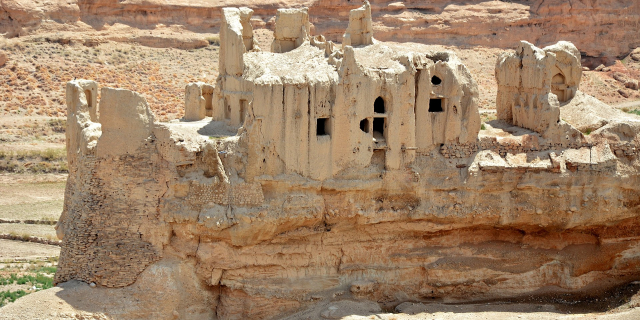


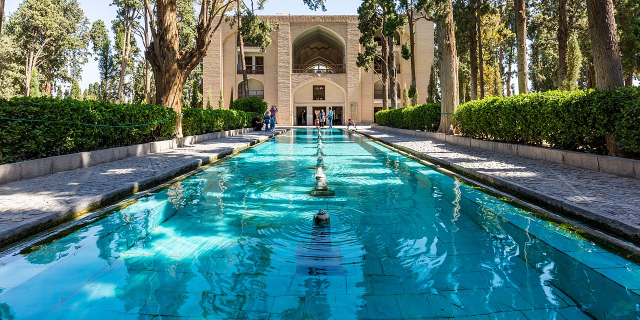

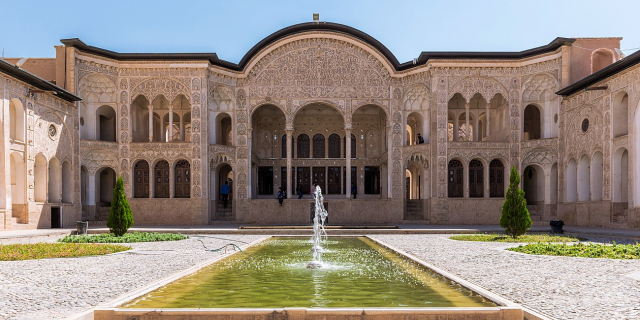

Add new comment